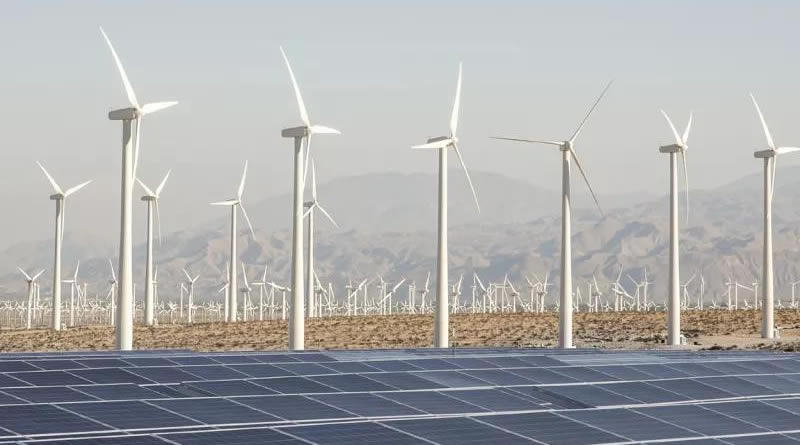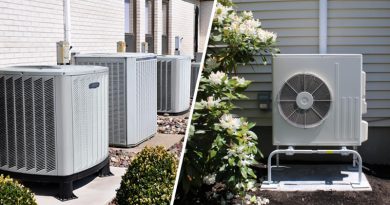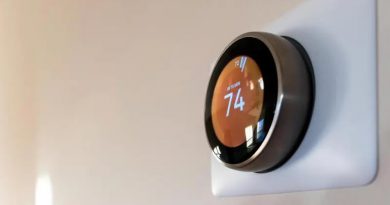Renewable Energy Sources Used in Heating and Cooling Systems
In the pursuit of a more sustainable future, renewable energy sources are playing a vital role in various aspects of our lives. When it comes to heating and cooling systems, incorporating renewable energy can offer both environmental benefits and cost savings. Let’s explore some of the renewable energy sources commonly used in these systems.
1. Solar Energy
Solar energy is perhaps one of the most widely recognized and utilized renewable energy sources. Solar heating systems harness the power of the sun to provide warmth for buildings and water. Solar panels, often installed on rooftops, absorb sunlight and convert it into usable energy. This energy can be used directly for space heating or stored for later use.
2. Geothermal Energy
Geothermal energy takes advantage of the natural heat stored within the Earth. Geothermal heating and cooling systems utilize geothermal heat pumps to transfer heat between the ground and buildings. The Earth’s stable temperature below the surface allows for efficient heating in winter and cooling in summer. This renewable energy source is highly efficient and reliable.
3. Biomass
Biomass refers to organic matter derived from plants and animals, such as wood, agricultural residues, and even dedicated energy crops. Biomass can be converted into heat energy through processes like combustion or gasification. Biomass heating systems provide warmth by burning biomass fuels, making it a renewable alternative to fossil fuel-based heating systems.
4. Air Source Heat Pumps
Air source heat pumps extract heat from the outdoor air, even in cold weather conditions, and transfer it indoors for heating purposes. These systems work on the principle of refrigeration but in reverse, absorbing heat from the air and releasing it indoors. Air source heat pumps are highly efficient and can significantly reduce energy consumption for heating and cooling.
5. Wind Energy
While wind energy is more commonly associated with electricity generation, it can also be used indirectly for heating and cooling. Wind turbines produce electricity, which can power electric heating systems or heat pumps. By relying on wind energy, we can reduce our dependence on fossil fuels and contribute to a cleaner and more sustainable energy mix.
Integrating these renewable energy sources into heating and cooling systems offers numerous advantages. Not only do they help reduce greenhouse gas emissions and combat climate change, but they also provide long-term cost savings by reducing reliance on conventional energy sources.
By embracing renewable energy technologies, we can create a more sustainable and environmentally friendly future. As the demand for clean energy solutions continues to grow, the integration of renewable energy sources in heating and cooling systems will play a crucial role in achieving our sustainability goals.




